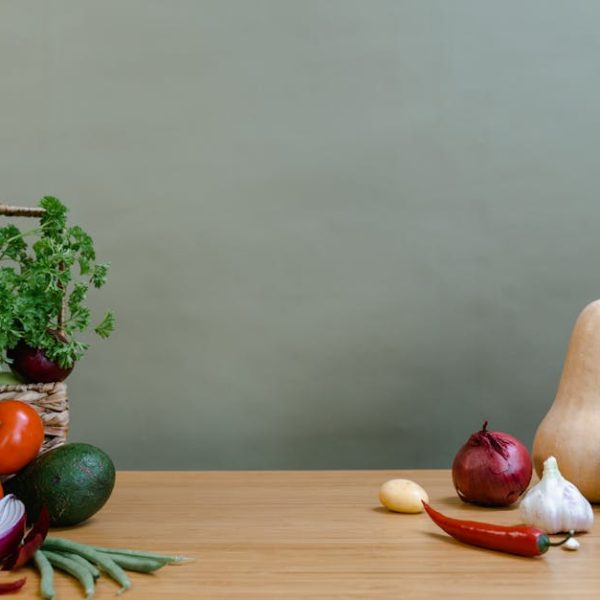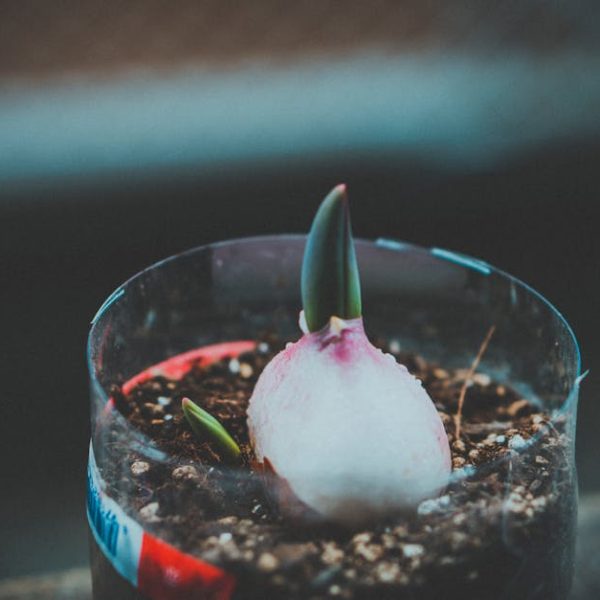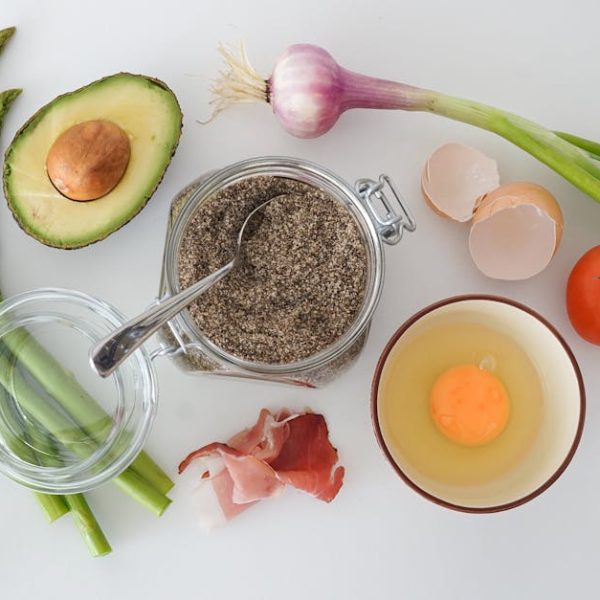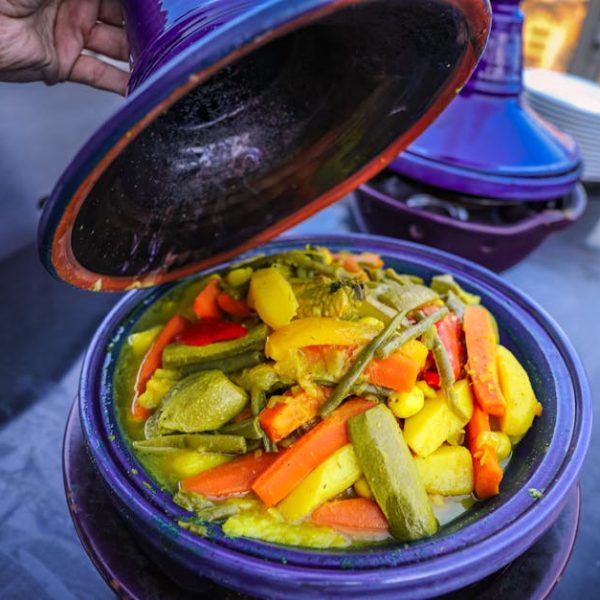If you have ever found yourself wondering about the longevity of carrots, fret not. The shelf life of this vibrant, crunchy root vegetable depends on a multitude of factors including temperature, humidity and storage methods. But the potential longevity of carrots is impressive. In this article, we will delve into the intricacies involved in storing carrots, dispel myths and walk you through the best practices to ensure your crunching pleasure is unhindered.
Understanding Carrot Longevity
Even though carrots seem hardy compared to leafy greens or softer fruits, their longevity varies depending on its state and storage conditions. Freshly harvested carrots can last up to 4-7 months in a refrigerator. Conversely, an opened pack of baby carrots, which are often enhanced with added moisture, might start to go bad within a week.
Factors that influence carrot longevity include:
1. Temperature: Carrots thrive at cooler temperatures (ideally between 32-40°F or 0-4°C).
2. Humidity: They prefer high humidity levels. When humidity drops too low, carrots become dehydrated and rubbery.
3. Store-Bought vs Homegrown: Store-bought carrots usually last shorter due to the unknown date of harvesting and pre-storage conditions.
Pro Tip: Fresh carrots feel firm and not at all pliable. If your carrot has turned rubbery or has visible signs of mould and a foul smell, it’s time to toss it out.
Proper Storage Methods To Enhance Carrot Shelf Life
In order to enjoy the nutritious, vibrant crunch of carrots for as long as possible, it’s crucial to store them correctly. Let’s review the effective ways:
1. Refrigerator: Store loose carrots in the crisper drawer without a bag, allowing the moisture to escape. Alternatively, for bagged baby carrots or cut carrots, slide a paper tower in the bag to draw out the excess moisture.
2. Pantry: If it’s cool and dark, carrots wrapped in aluminum foil or brown paper bag can last up to a month.
3. Root Cellar: Properly stored in damp sand or peat moss, carrots can last for several months in a cool, dark root cellar.
Pros and Cons: While refrigeration provides easy access and convenience, it might not keep your carrots fresh for many months. On the other hand, root cellars require specific conditions but provide long-lasting storage.
Myths and Realities About Carrot Storage
Every household has its own anecdotal stories about storing produce, and carrots are no exception. One such myth is that storing carrots in plastic bags or immersing them in water prolongs their shelf life. In reality, plastic bags can create excessive moisture leading to rot, while water can increase the chances of bacteria breeding.
✅ Best Practice: Prevent moisture buildup by storing carrots in mesh bags or perforated plastic bags. If immersed in water, ensure it’s changed daily, but acknowledge that this method is not ideal for long-term storage.
So, it is necessary to consider the conditions your carrots are subjected to providing them the longevity they are capable of with the correct storage methods. In the next section, we will explore strategies in preventing Carrots spoilages and wastage, and also look at the storage methods for special carrot varieties.
Preventing Carrot Spoilage and Wastage
Every year, tons of produce is wasted due to improper storage and missed warning signs of spoilage. Staying informed about the signs of spoilage and taking preventative steps can add a considerable number of days to the shelf life of your carrots.
Here are a couple of steps to prevent wastage:
1. Check for signs of spoilage: If you spot dampness, discoloration, soft spots, or a foul smell, unfortunately, your carrot has spoiled. Always check the carrot’s freshness before using it in your dish.
2. Plan according to usage: Utilize the carrots soon after purchase to enjoy their freshness. Consider meal prepping or pickling for extended usage.
Pro Tip: Don’t throw away those tops! Carrot greens can be used in various recipes, from pesto to salads. Remember, food waste isn’t just about the vegetable itself, but also the disregarded parts.
Carrot Storage for Special Varieties
Just like different types of apples or potatoes require different storage methods, carrots too have several types each with its own storage needs. Let’s delve into three popular varieties: baby carrots, colorful carrots, and parsnip-like carrots.
1. Baby carrots: These “baby” carrots are normally adult carrots cut into a bite-sized shape. They can last up to two weeks in the refrigerator if they are not in contact with moisture.
2. Colorful carrots: Exotic varieties like the yellow, purple or red carrots should ideally be consumed within a week, as their shelf life is generally shorter than regular orange carrots.
3. Parsnip-like carrots: These thick, big and long carrots stay fresh for a relatively long period, due to their hardiness. They can be stored just as you would regular carrots.
Best Practice: Storing different types of carrots separately can aid in their longevity and keep flavors from mixing.
In conclusion, storing carrots appropriately is the key to their longevity. The more accurate your storage methods, the more crisp, delicious, and nutritious your carrots will remain. Use this guide to help you store your carrots effectively, ensuring that you take a bite of health whenever you enjoy this vibrant vegetable.
Key Takeaway:
- Carrot longevity is influenced by factors such as storage temperature, humidity, and whether they are store-bought or homegrown.
- Proper storage methods include refrigeration, keeping in a pantry, or using a root cellar, each with their own pros and cons.
- Dispel the myth of storing using plastic bags or water for prolonged shelf-life as these methods can lead to rot or bacterial growth.
- Prevent spoilage and wastage by monitoring carrots for signs of decay and planning meals to utilize the carrots before they spoil.
- Different carrot varieties have varying longevity and require specific storage conditions, including baby carrots, colorful carrots, and parsnip-like carrots.
Carrots, when stored correctly, can remain crisp, delicious, and nutritious for a surprisingly extended period. Understanding the right storage procedures and actively monitoring for signs of spoilage can prolong their shelf-life, ensuring that you benefit from their rich nutrient content for longer.
FAQs
Q: Can carrots be frozen for longer shelf life?
A: Yes, you can freeze carrots to extend their longevity. Just ensure they are properly blanched before freezing to prevent ice crystal formation which can affect the texture.
Q: How should I store carrots if I don’t have a root cellar or refrigerator?
A: You can store carrots in a cool, dark pantry. It’s recommended to wrap them in aluminum foil or a brown paper bag for added freshness.
Q: What can I do with carrot tops before they go bad?
A: Carrot tops are edible and can be used in a variety of dishes like pesto, salads, or as a garnish, contributing to reduced food wastage.
Q: Can I prolong the shelf life of my carrots by washing them before storing?
A: It’s best not to wash carrots before storing, as excess moisture can lead to quicker spoilage.
Q: My carrots have small white spots. Are they safe to eat?
A: White spots on carrots, also known as white blush, are due to dehydration. Though they are safe to eat, you may want to rehydrate them in water or peel off the affected area if the texture is undesired.
Remember to share this article with your friends and family who might also find it useful. For more insightful and useful guides, don’t forget to explore further posts on our website.





